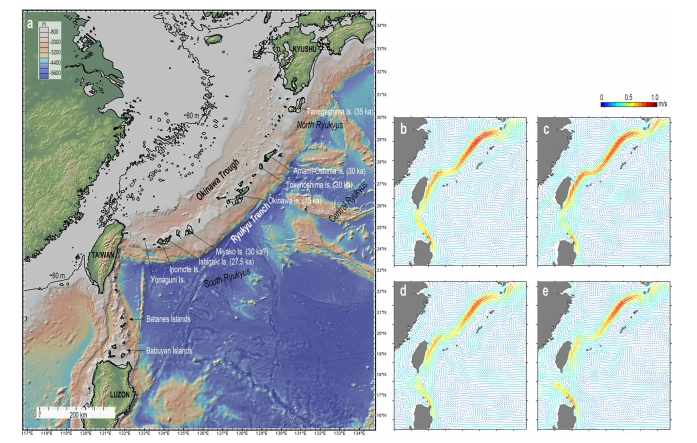"Palaeolithic voyage for invisible islands beyond the horizon"
Authors: Yosuke Kaifu, Tien-Hsia Kuo, Yoshimi Kubota and Sen Jan
Abstract: How Palaeolithic maritime transportation originated and developed is one of the key questions to understand the world-wide dispersal of modern humans that began 70,000–50,000 years ago. However, although the earliest evidence of maritime migration to Sahul (Australia and New Guinea) has been intensively studied, succeeding development of Paleolithic maritime activity is poorly understood. Here, we show evidence of deliberate crossing of challenging ocean that occurred 35,000–30,000 years ago in another region of the western Pacific, the Ryukyu Islands of southwestern Japan. Our analysis of satellite-tracked buoys drifting in the actual ocean demonstrated that accidental drift does not explain maritime migration to this 1200 km-long chain of islands, where the local ocean flows have kept the same since the late Pleistocene. Migration to the Ryukyus is difficult because it requires navigation across one of the world’s strongest current, the Kuroshio, toward an island that lay invisible beyond the horizon. This suggests that the Palaeolithic island colonization occurred in a wide area of the western Pacific was a result of human’s active and continued exploration, backed up by technological advancement.
Keywords: Islands, Dispersal, Colonization, Hominids, Pleistocene, Taiwan, Ryukyu Islands
https://www.nature.com/articles/s41598-020-76831-7

